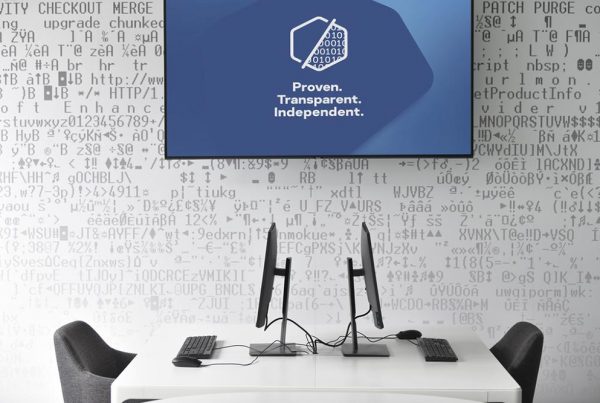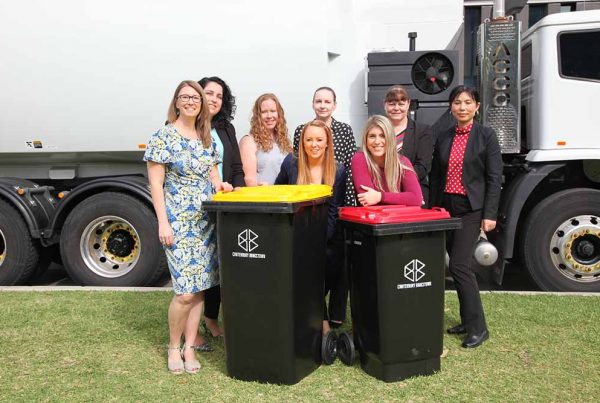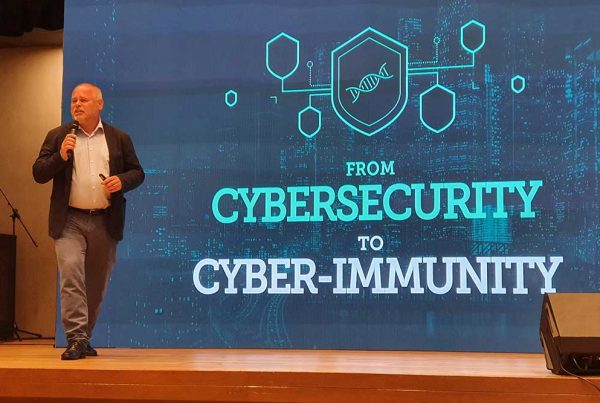
Image: Serge Saint
The Ideas Boom is here. With the release of the National Innovation and Science Agenda in December 2015, the Australian government signaled its intent to define a new economic narrative to which our nation can aspire. One centred on innovation.
The Agenda includes initiatives focused on:
- Helping innovators source venture capital (and other) funding
- Promoting partnerships between universities and industry
- Ensuring Australian students develop the skills they need in technology, maths and science.
The Agenda also highlights an innovation gap – calling on government agencies to become more innovative in delivering services, sharing data and, facilitating the introduction of new business models, products and processes through smarter regulation.
We believe it is possible for governments to bridge this gap, but this will not happen overnight. Agencies will need to develop effective innovation systems and draw on a range of practices, such as crowdsourcing, customer collaboration, rapid prototyping and human-centred design, if they are to begin to look at how they can deliver services in new and innovative ways.
With this challenge in mind, we have identified five key factors that government agencies should address if they are to develop an effective innovation system and apply best practice.

The five key factors for consideration by government agencies
Our current experience suggests that when these five factors are addressed by government agencies – taking into consideration their specific contexts – their ability to deliver services in new and innovative ways will improve.
1. Use citizen, workforce, supplier and customer insights and define desired experiences 1.
At the heart of government innovation sits a deep understanding of the needs of citizens, the government’s workforce, suppliers and the customers of its products and services. In order to obtain insights into these needs, agencies must first develop a holistic view of the people and entities that interact with them through the integration of data sources at the local, state and federal level or through partnerships with industry. A holistic view allows agencies to better understand what is desired, without being constrained by the need to consider organisational capability (feasibility) or the ability of the solution to deliver financial value (viability).
Solutions that are identified as desirable should only then be considered using the lenses of feasibility and viability to determine their priority. High priority ideas are those that agencies should support and scale with the aim of delivering services in new and innovative ways. It is important to note that this process should be iterative, with agencies undertaking a cycle of research (insight development), synthesis, ideation, and design to identify and test ideas quickly and understand whether they would succeed or fail.
2. Create a bond between innovation, strategy and performance
In a previous post we explored the ten types of innovation that organisations can use to foster breakthroughs and drive value for customers. Regardless of the types of innovation an agency chooses to leverage, it needs to clearly define how each will support the delivery of key objectives in its overarching strategy, which reflects its current context, and the specific choices it has made about ”where to play” and “how to win”. To make this link explicit and ensure innovation efforts are focused, agencies should quantify specific targets for innovation. These targets should then be cascaded down to managers as a way of solidifying the role of innovation and its use in the delivery of the agency’s overarching strategy.
It is important to recognise that because strategy and innovation are so closely linked, innovation will often inform as well as support an agency’s strategy. This means innovation may often produce change that opens up new customer segments or offerings that need to be accounted for when the agency iterates its strategic direction.
3. Recognise that you don’t have to do it all yourself
When it comes to the development of innovative solutions for public services, agencies need to readily accept that they do not need to come up with all of the answers. Through open data platforms and crowdsourcing, agencies have the opportunity to provide businesses and individuals with trustworthy and easy to use data. This information can then be used to accelerate solutions that will generate value in the form of social and economic growth, while at the same time (potentially) freeing up government funds.
To facilitate this process, agencies need to establish ways to share information and data responsibly, and in a form that is easily accessible. This will involve anonymising data sets, making them machine readable, refreshing them regularly and removing restrictions on how they can be used or distributed. Having built trust through effective engagement with the public and enhanced access to data, the UK government is recognised as a leader in its approach to open data within the public sector (see here for further information).
4. Reduce risk through a systematic approach to innovation
Innovation is an iterative process and organisations must be willing to accept ‘failure’ in order to learn and develop new ways to deliver services. Government agencies, under the scrutiny of the taxpayer and the voting public, are thought to be mired by a fear of failure, and as a result are wary of funding untested approaches to service delivery. In response, agencies often adopt a very structured “waterfall approach” to identify and deliver services. This approach is time consuming and can result in greater risks to agencies.
Instead we recommend agencies begin to adopt rapid prototyping practices as a means of reducing risk, increasing engagement with customers and delivering improved services in a compressed time frame. The US Department of Health and Human Services has successfully applied this mode of operation – going to market with the simplest possible product or service, learning from actual experience and then iterating rapidly to deliver desired outcomes in a compressed timeframe (see here for further information).
In order to successfully employ such practices, agencies must develop a culture where employees are willing to accept the learnings that come from failure. A key element to establishing this culture is having the support of senior leaders within the agency.
5. Develop an innovative culture driven by leaders
The last factor that agencies should look to address is arguably the most important, but also the hardest. To change the mindset of their employees and develop a culture of innovation, agencies will need strong leaders who match rhetoric with investment in the innovation process. They must lead from the front and consistently embody what it means to be innovative. This can involve:
- Selling the story – Leaders must be able to effectively communicate the important role that innovation will play in achieving the agency’s aspiration
- Ensuring innovation is reflected in the agency’s strategic objectives
- Identifying and removing hurdles, cumbersome processes, and unnecessary policies and procedures that could slow people down
- Providing autonomy to employees within a frame of clearly defined performance targets
- Facilitating collaboration by creating a climate of trust between and within teams
- Encouraging bottom-up innovation – recognising that innovation can sprout from anywhere within the agency or from the public
- The Australian government’s National Innovation and Science Agenda provides an opportunity for government agencies to transition from their traditional role as a problem solver (in the face of market failure) to become a developer and enabler of innovative solutions. If these five factors are addressed we believe government agencies can effectively position themselves to adapt to a rapidly changing world and be recognised as leaders in innovation.
For government, failing to innovate is no longer an option. The ‘ideas boom’ is here and government stands to play a critical role in enabling our nation’s next wave of economic growth.
Matt Gould is a Senior Consultant at Deloitte specialising in Strategy and Operations with a strong focus on corporate-level strategy development. He holds Bachelor of Economics and Commerce degrees from the University of Western Australia and has completed studies at the London School of Economics and Political Science (LSE).
Jenn Morris is a Partner at Deloitte in the Consulting service line, leads the public sector practice for the WA office, has 12 years of consulting experience and leads large scale complex transformation programs of work. She has a focus in the public sector and higher education areas and has also led engagements in a broad range of areas, specifically in the Strategy and Organisational field.
Article originally published by Deloitte and has been republished on GovNews with permission.
ABOUT DELOITTE
Deloitte is the brand under which tens of thousands of dedicated professionals in independent firms throughout the world collaborate to provide audit, consulting,financial advisory, risk management, tax and related services to select clients.






